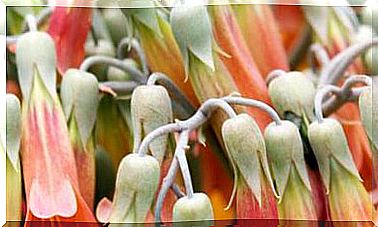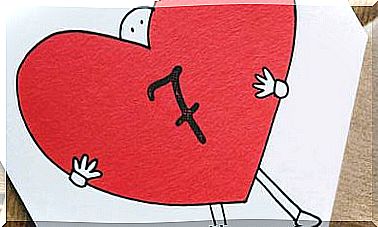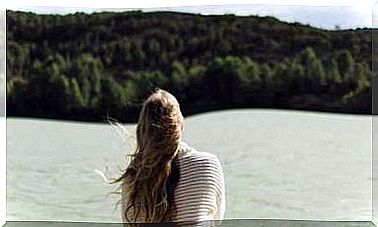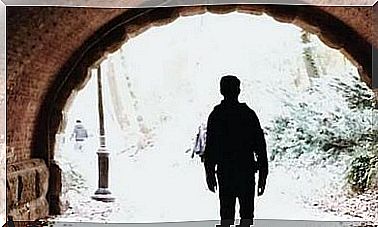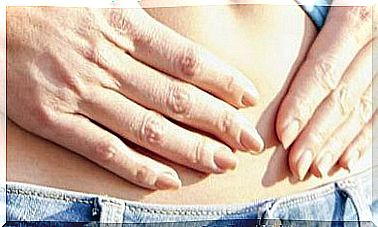Guide To Choosing A Spa According To The Desired Healthy Benefit
The nature of our country gives us waters with powerful medicinal properties, capable of restoring our health. And it does so in environments that invite us to restart habits and live healthier. Choose the best option according to your needs.
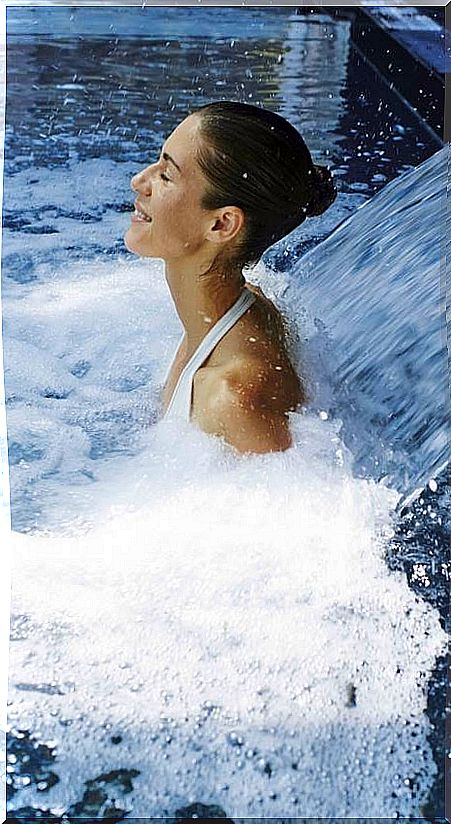
- Balneotherapy, hydrotherapy and medical hydrology
- Different types of spa experiences
- Cold water or hot water?
- Different benefits due to the action of minerals
- Different types of waters and properties
- How to take advantage of its benefits
The streams, rivers and fountains are authentic sources of health for the animals that come there to heal their wounds and ailments. Something similar happens with spas for people who want to regain their health. During a time of rest, they are given the possibility of becoming aware of their physical and psychic potential, and of starting their own restorative mechanisms. But, what types of spas exist and which one should we choose?
Balneotherapy, hydrotherapy and medical hydrology: what is the difference?
In Spain, more than 2,000 mineral-medicinal water springs have been recognized, although just over a hundred currently have facilities open to the public. Since the last century, spa waters have been classified according to their properties and the ailments they cure.
The more we know about a water, the more we will be able to get out of it in its therapeutic aspect. There are different criteria to classify waters based on their therapeutic properties, but they must always be based on the minimums required by Spanish legislation since July 1991.
- Balneotherapy uses mineral-medicinal waters as therapeutic agents due to their richness in minerals that the skin absorbs in external applications or when ingested. It is a medical specialty (medical hydrology) recognized in Spain and accessed through the training of Internal Resident Physician (MIR).
- The difference with hydrotherapy is that it uses any type of water as a physical agent to apply topically or externally, but without taking into account its composition. The most common in spas and beauty centers is running water.
- Medical hydrology, on the other hand, takes into account the salts that each water carries or the temperature with which it flows. In the balneotherapy treatment, natural untreated waters are chosen and collected at the foot of the spring.
Different types of spa experiences
- Rituals Spas offer combinations of various techniques to relax, such as massages, baths or muds. Also beauty treatments, antioxidants, anti-cellulite, decontracting, respiratory or to improve sleep.
- Thalassotherapy. Some spas have swimming pools or bathtubs with sea water and treatments with algae and sea mud.
- Showers and toilets. A classic of spas is the Scottish shower, which alternates hot and cold water. The Vichy shower is received on a stretcher. There are also steam showers and jet jets. As for the baths, there are the Turkish, steam or ozone baths.
- Massages In addition to chiromassage or lymphatic drainage, it is increasingly common to find Ayurvedic massages with oils and medicinal plants.
- Physical therapies. Yoga, shiatsu, tai chi, chikung, Pilates … many therapies and physical disciplines reinforce their effect in the healthy setting of the spa and its surroundings.
Cold water or hot water?
The most common classification of hydrotherapeutic applications takes into account temperature. Thus, the waters are considered cold (less than 28 ° C), hypothermal (between 28 and 34 ° C), mesothermal (34 to 38 ° C) and hyperthermal (more than 38 ° C).
- Cold Cold water produces vasoconstriction, analgesia, decreased muscle spasms, and accelerated recovery from injuries.
- Hot The applications of heat produce dilation of arteries and blood capillaries, increased permeability of the smallest vessels, modification of the permeability of the cell membrane, increased enzymatic and metabolic activity, anti-inflammatory effect, analgesia, vasodilation in legs and arms, relaxation of the musculature, sedative effect, increase of the elimination of liquids and sweating.
Different benefits due to the action of minerals
Another aspect under which water can be classified is its mineralization, which defines its therapeutic effects. The classification is carried out taking into account the dry residue at 180 ° C and 260 ° C, following the indications of the Spanish Food Code that groups mineral waters into: oligometallic (residue not exceeding 100 mg / l), very weak mineralization ( 100 to 250 mg / l), weak (250 to 500 mg / l), medium (500 to 1,000 mg / l) or strong (more than 1,500 mg / l), and marine or hypermarine mineralization (higher concentration of salts than in seawater).
- The effect of minerals. In addition, mineral waters are used that exert specific effects on the body, as occurs with ferruginous, sulfur, radioactive, carbo-gaseous waters, etc. Weakly mineralized waters are also used for their diuretic, entrainment or washing properties.
- Probiotics. On the other hand, the waters can also be used as probiotics, always safely, since microbiological analyzes make it possible to rule out waters infected with pathogens.
Different types of waters and properties
The type of water determines the indications of the treatments carried out in the spas
- Chlorinated. They stimulate organic and metabolic functions. In external application they calm inflammation. The waters of the Fitero spa, in Navarra, are chlorinated, sulphated, sodium and calcium, and flow at a temperature of 52 ºC.
- Sulphated. They are laxatives due to their cholagogue effect (they cause the evacuation of bile) and choleretic (they activate the production of bile). The Cestona spa, in Guipúzcoa, is fed by two springs that have sulphated waters.
- Bicarbonated. They favor the elimination of uric acid, protect the liver and in general help control the anaphylactic response, among many other benefits. They are the waters of the spas of Jaraba and Alhama, in the province of Zaragoza.
- Carbogas. They decrease the level of sensitivity, with which cold water can be better tolerated. They increase the respiratory stimulus and produce some analgesia. They can be found in the Elgorriaga de Navarra spa.
- Sulfurized. They stimulate the metabolism, help heal infected wounds, stimulate bronchial secretions, improve mucous membranes and relax the bronchial muscles. The water in the Panticosa spa (Huesca) is very rich in sulfur.
- Ferruginous. Iron in mineral-medicinal waters resolves anemia. The water that flows from the El Salado spring, in the Granada spa of Lanjarón, is ferruginous, as well as chlorinated, sodium, calcium and magnesium.
- Radioactive. They are those that contain in high concentrations radon, a radioactive gas of natural origin. They calm, decongest and are antispasmodic and anti-inflammatory. They are in the Carballiño spa in Orense.
What to do in the spa to take advantage of its benefits
We can visit a spa attracted by its benefits for rheumatic or respiratory problems, for example, but also in search of peace and connection with nature. This, by itself, will have a relaxing effect on the body and will place us in a context conducive to returning to balance.
- Vital optimism. During the stay it is important to respect physical and mental rest. And, above all, have a positive mental attitude towards life and trust in the healing power of your own body, as well as in the properties of natural elements.
- Learnings. The climate and water are special and important, but the way to apply this water and the guidelines for improving nutrition that can be acquired in a spa center and then applied in daily life are no less so. There we can also learn other life habits that improve our health, such as physical exercises, in addition to exchanging information and impressions with other people with whom we live.
- Way back. From my point of view, spas are not made only to cure diseases, but also to teach people to live in health: they are the ones who can go through a period of disease, but have the resources to regain health.
